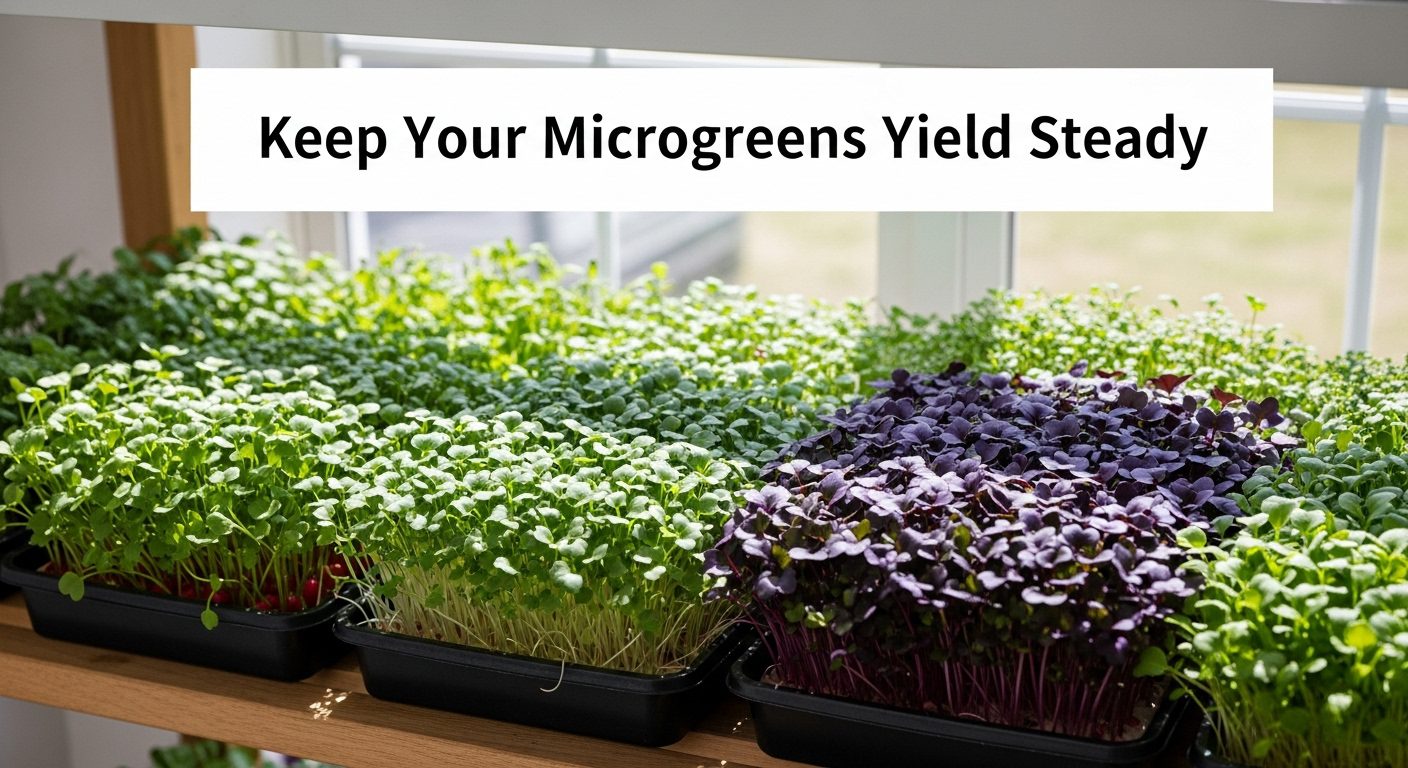
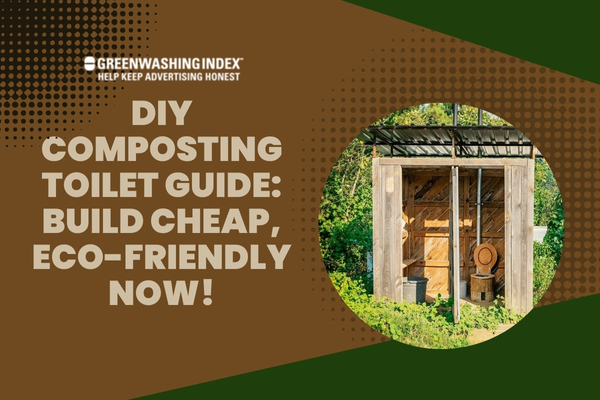
Are you thinking about going green with your bathroom habits? Interested in a project that’s good for the planet and your wallet? Look no further! I’m talking about setting up a DIY composting toilet, and it’s not as hard as you might think. Imagine having a system that turns your waste into garden gold instead of just flushing it away! Keep reading, and I’ll share the secrets to making this dream a reality.
Building your own composting toilet is totally doable! It all starts with understanding simple biology and how to work with tools and materials you can easily find. By following a straightforward guide like this one, you’ll have a sustainable toilet that saves water, reduces household waste, and improves your environmental footprint—all without breaking the bank.
What You Will Discover Here
Composting toilets is a simple and eco-friendly way to deal with human waste. They work by using natural processes to break down waste into usable compost that’s good for the earth.
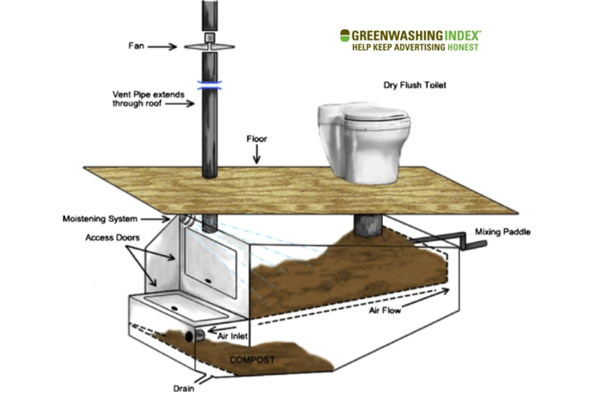
A composting toilet is a type of toilet that turns human waste into useful compost. This process happens without using water. So, unlike regular toilets, it does not flush the waste away to mix with clean water.
How does this toilet work? Here are the steps:
You might think: “Doesn’t it smell?” No! If built right and cared for well, it shouldn’t be smelly because of good airflow that helps dry things out.
There are quite a few reasons someone might want to make their own DIY composting toilet:
So now you know what these eco-friendly toilets are all about: they take care of our human waste in a smart way that helps us save water and live kinder lives toward Mother Earth!
When I set out to build my DIY composting toilet, I knew planning was key. A composting toilet is great for the environment and perfect for folks living off-grid or anyone looking to reduce their ecological footprint. So, where do you start? First things first – finding the ideal spot.
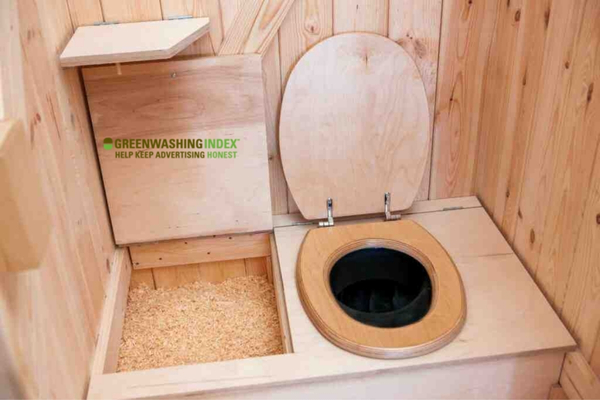
Selecting the right location is crucial. Here’s what I considered to pick the best spot:
Figuring out these details before building saved me time and hassle later on.
Gathering materials should be about keeping costs low while ensuring durability:
Most materials might already be around your house; otherwise, they can be found at local hardware stores without breaking the bank.
By considering where my DIY toilet would go and what materials I’d need beforehand, I ensured that my eco-friendly toilet would be practical for everyday use while contributing positively to our environment’s health!
Building your own DIY composting toilet can be simple and cost-effective. I’ll show you how to do it in a way that makes sure your homemade eco-friendly toilet is both comfortable and efficient.
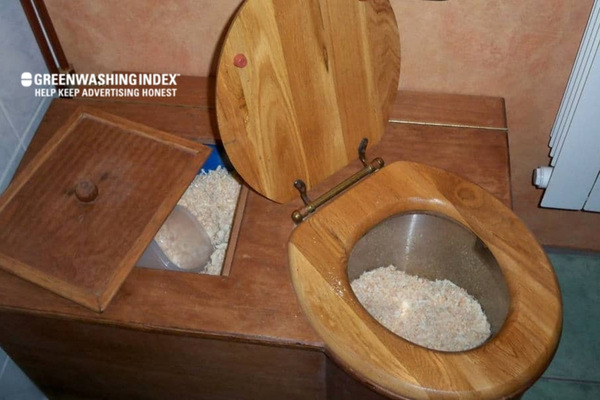
When designing your composting toilet, start by thinking about the shape and size. You want to make sure it feels just right when you sit down – not too high or too low. The seat should be at a height that’s comfortable for most people, just like a regular toilet.
Efficiency is key, so design the toilet such that waste falls straight into the compost bin below without making a mess. You’ll also need a way to add sawdust or wood chips after each use; this helps with breaking down waste and keeping things clean.
For sanitation, keep two separate bins: one for pee and one for poo. Urine diverts away from the solid waste, which makes both parts easier to manage and helps with composting.
Here’s what you need to think about:
A stable base keeps your DIY toilet from tipping over or moving around when you use it. Start by building a strong box out of wood that can hold your weight plus the weight of all the materials inside easily.
Make sure everything fits tight together. Use screws instead of nails because screws will stay put better over time.
Before adding any other parts on top, check if:
Now onto arguably one of the most important bits – where you actually sit! A DIY toilet needs an easy-to-clean seat that also shuts tight after you’re done using it.
Use smooth plywood or another comfy yet sturdy material for this part. Cut out an oval hole for the waste, but always sand down any rough edges around where you cut so it’s safe to use.
The cover should fit snugly over this hole to keep flies out and odors in when not in use:
Keeping the air fresh around your eco-friendly toilet is important because nobody likes bad smells!
For good airflow:
Keep these tips in mind when setting up ventilation:
Following these steps closely will give you a great start on making your very own composting toilet – good luck!
Having built a DIY composting toilet is a great step toward living more sustainably. But once it’s all set up, keeping it clean and working well is key.
Managing hygiene in your composting toilet isn’t hard if you follow these simple tips. Let’s take a look:
Do:
Don’t:
Even with careful maintenance, you might hit some bumps in the road with your sustainable toilet.
Encountering minor challenges while caring for your off-grid toilet is pretty common at first while getting used to maintaining a DIY system compared to traditional ones, but once accustomed, these issues should become rare over time as long as consistent care is given.
Remember that creating and maintaining a sustainable household fixture is an ongoing learning experience – each issue faced can teach me new ways to improve my system!
When you’re thinking about building a DIY composting toilet, it’s very important not to jump in without doing some homework first. One big thing to think about is the law – yes, laws that talk about toilets and where our waste goes!
Before I start sawing wood or buying bins for my DIY toilet, I always make sure to check what the local rules are. You might wonder, “Why bother?” Because these laws keep our homes and communities safe and clean.
Here’s what I do to stay on the right side of the law:
Remember: just because it’s an off-grid toilet doesn’t mean it’s off-limits from rules!
Doing this kind of check-up isn’t just something extra—it is must-do homework! Even though we want to help Earth by being green and clean with an eco-friendly toilet, we’ve also got to make sure we’re not messing up anything else along the way.
If you build and use a DIY composting toilet properly, there shouldn’t be health risks. It’s key to manage waste well and to wash your hands after use.
Yes, you can turn your current bathroom into a space for a DIY composting toilet with some changes. Just make sure you have room for the separate waste compartments.
Emptying times vary based on the size and use of the chamber. Generally, every few months is standard, but it’s best to check regularly and maintain it well.
Building my own DIY composting toilet was an empowering journey toward sustainable living. It wasn’t just about saving money or being eco-friendly; it also symbolized taking responsibility for my waste in a world where resources are precious. Every step, from understanding how a composting toilet works to the actual building process, was filled with learning experiences that made me appreciate this simple yet effective system.
By embracing the DIY spirit and following guidelines for design, assembly, and maintenance, I constructed not just an off-grid toilet but a statement of environmental care. This project demonstrated that we can all contribute to sustainability in our daily lives—one flush at a time.
